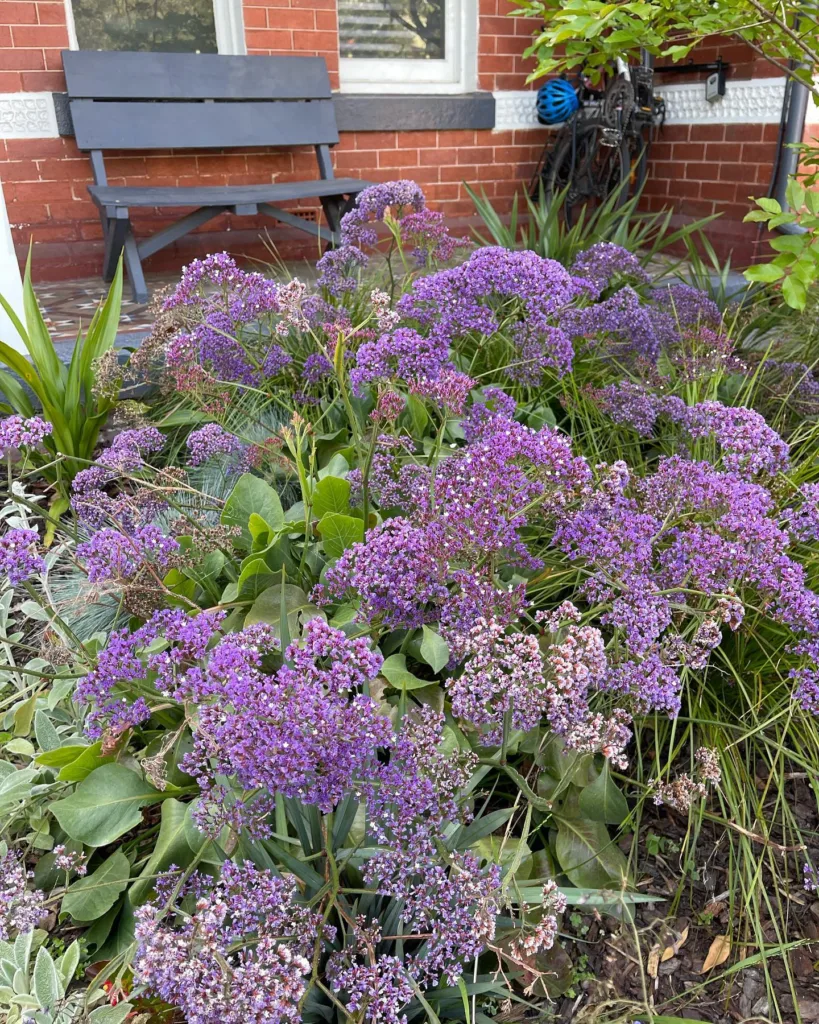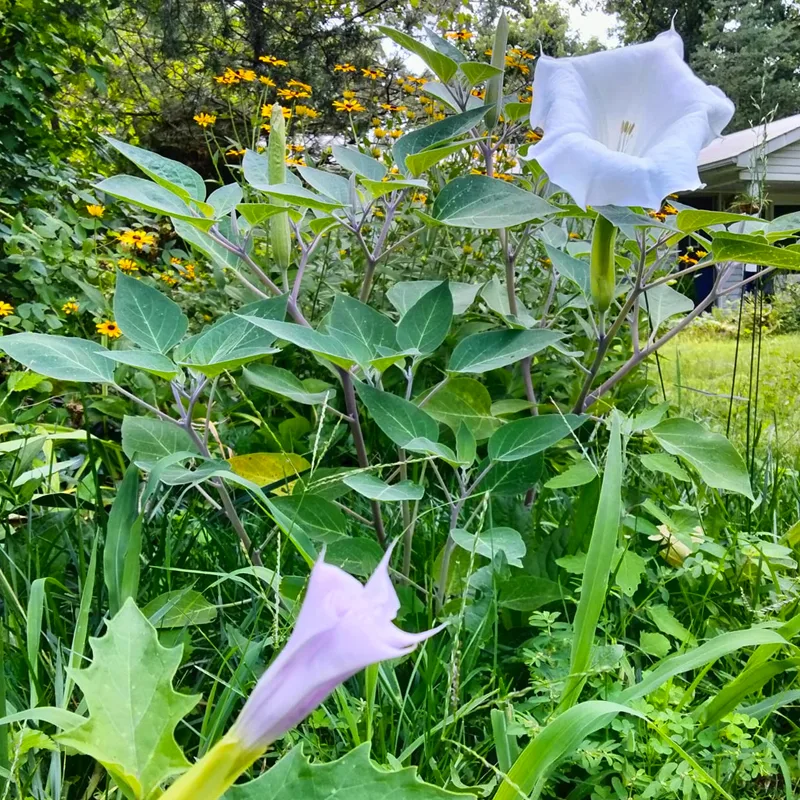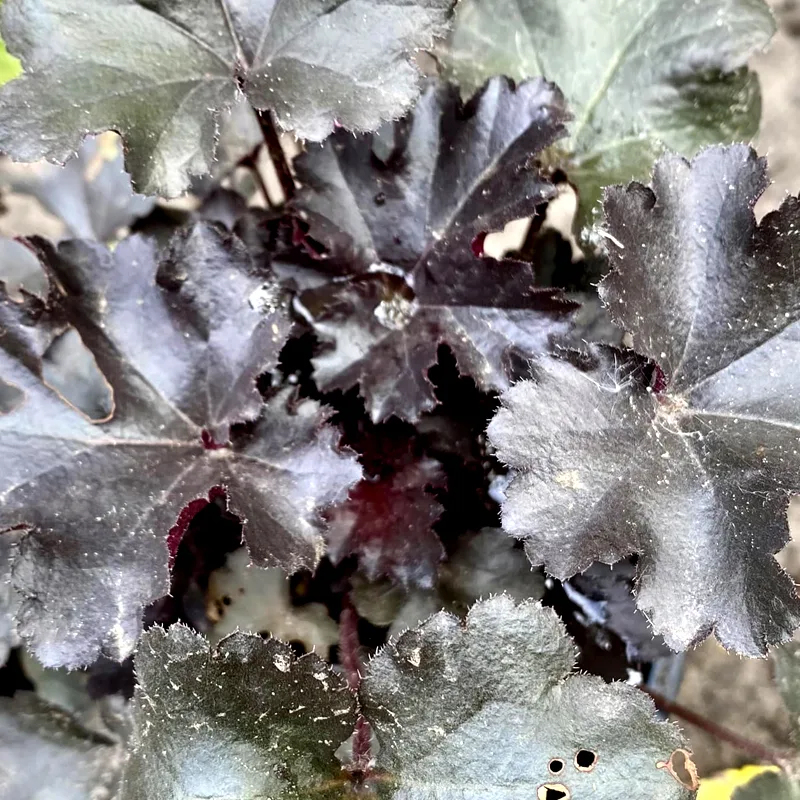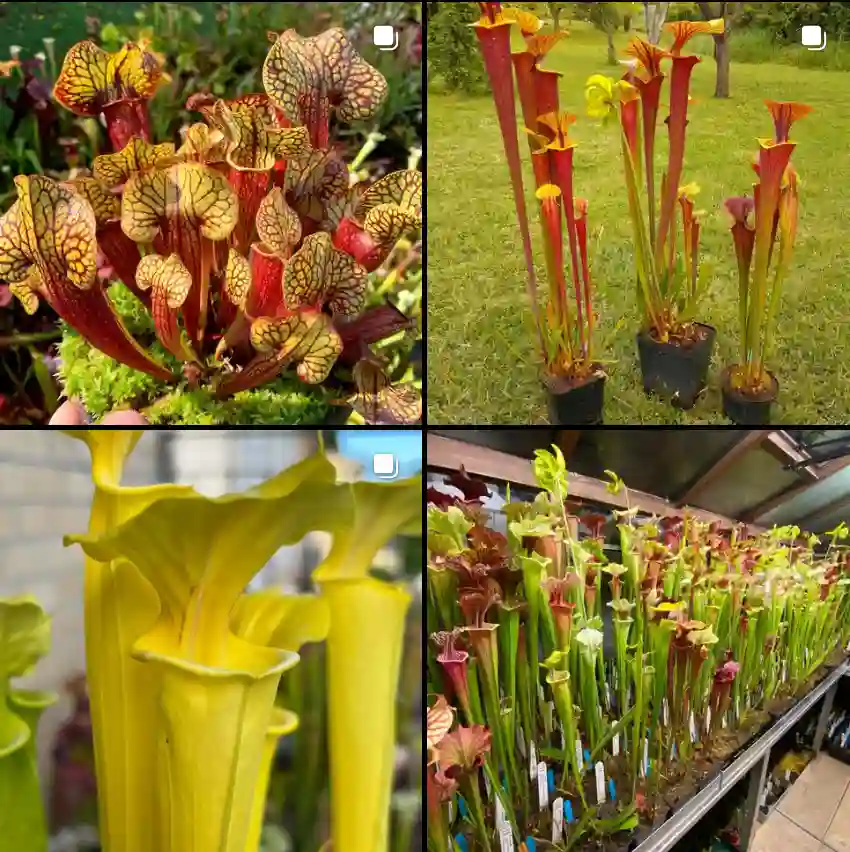FAQs About the Bontia Genus
The Bontia Genus might not be the most well-known plant group, but it’s a fascinating one. This genus, native to parts of the Caribbean and coastal areas, brings a unique combination of beauty and functionality. In my experience, it’s a hardy genus that has practical uses in landscaping while offering ecological benefits. Here, I’ll address some frequently asked questions about the Bontia genus based on my own observations.
What Is the Bontia?
The Bontia genus belongs to the family Scrophulariaceae and primarily consists of a single species, Bontia Daphnoides. This species is a small, evergreen shrub often found near coastal areas, particularly in tropical and subtropical regions. Its ability to withstand salt makes it popular for coastal landscapes, where other plants might struggle. Bontia daphnoides produces small, tubular flowers, often white or light purple, which can attract pollinators.
How to Care for the Bontia?
Bontia is surprisingly low-maintenance, especially once it’s established. Here are some general care tips from my experience:
- Watering: Bontia is drought-tolerant. Once it establishes itself in the soil, it requires minimal watering. However, in its early stages, providing regular water helps the plant root deeply.
- Soil: This plant thrives in well-draining soil. Sandy or loamy soils work well, and it tolerates poor soil conditions too.
- Light: Bontia daphnoides prefers full sun to partial shade. The more sun it receives, the healthier it will grow. I’ve found that even in partial shade, the plant doesn’t lose its vigor.
- Pruning: While Bontia is not a fast grower, you can prune it lightly to shape the plant. This helps it maintain a neat appearance, especially if you’re using it for landscaping.
How to Propagate Bontia?
Propagating Bontia can be a bit tricky but is worth the effort. Here are the two methods I find most effective:
- Cuttings: You can propagate Bontia daphnoides using softwood cuttings. I usually take a 4- to 6-inch cutting from a healthy, non-flowering stem. Make sure to remove the lower leaves, and dip the cut end into rooting hormone. Place the cutting in well-draining soil, keeping it moist but not soggy, and in indirect sunlight.
- Seeds: Growing Bontia from seeds is another option, but it’s less common due to its slow germination. The seeds need a warm and humid environment to sprout, which can take several weeks. Patience is key here!
What to Plant with Bontia?
In landscaping, I’ve found that Bontia pairs well with other coastal plants. Here are a few I often plant alongside it:
- Sea oats (Uniola paniculata) – These grasses complement Bontia with their tall, arching blades, providing a beautiful contrast in height and texture.
- Coccoloba uvifera (Sea Grape) – This plant works well for a more tropical landscape aesthetic, and it also thrives in coastal environments like Bontia.
- Yucca species – Yuccas are drought-tolerant and share the same tolerance for poor soils, making them a great partner for Bontia in xeriscaping projects.
Is Bontia Toxic?
One of the common concerns with any plant is whether it’s toxic, especially if you have pets or children. From my experience, Bontia daphnoides is not considered toxic. However, I would still advise caution and discourage the ingestion of any plant material.
Benefits of Planting Bontia
There are several benefits to growing Bontia, both ecologically and aesthetically:
- Drought tolerance – If you live in a dry, coastal area, Bontia is an excellent option due to its low water requirements.
- Salt tolerance – Bontia thrives in areas where saltwater exposure is an issue, which makes it perfect for coastal gardens.
- Wildlife-friendly – Its flowers are known to attract pollinators like bees and butterflies, which is always a plus for any garden.
- Erosion control – Since Bontia can establish itself in sandy soils, it helps prevent soil erosion, particularly in coastal regions.
Common Problems with Bontia
Despite being a hardy plant, Bontia is not without its challenges. Here are a few issues I’ve come across:
- Pests: While Bontia is relatively pest-resistant, it can occasionally suffer from common garden pests like aphids or whiteflies. Keeping an eye out for infestations and using natural deterrents can help prevent these issues.
- Root rot: Overwatering or poor drainage can lead to root rot. Make sure the soil is well-draining, especially if you’re growing Bontia in a container.
How Does Bontia Compare with Other Similar Plants?
Bontia is sometimes confused with plants like Buddleja (Butterfly Bush) due to their similar flower shapes and wildlife-friendly nature. However, in my experience, Bontia is much more tolerant of coastal conditions, while Buddleja thrives in inland, more temperate climates. Additionally, Myrica cerifera (Wax Myrtle) is another plant that thrives in coastal areas, but it grows much larger than Bontia and is often used as a privacy hedge, whereas Bontia is more ornamental.
Conclusion
For anyone looking to add a low-maintenance, attractive, and hardy plant to their coastal or xeriscape garden, the Bontia genus is a strong contender. Its tolerance to harsh environments, combined with its beauty, makes it a versatile choice. Whether you’re planting it for aesthetic reasons or to address specific landscaping challenges like salt exposure or drought, Bontia is a reliable and rewarding option.
If i die, water my plants!



